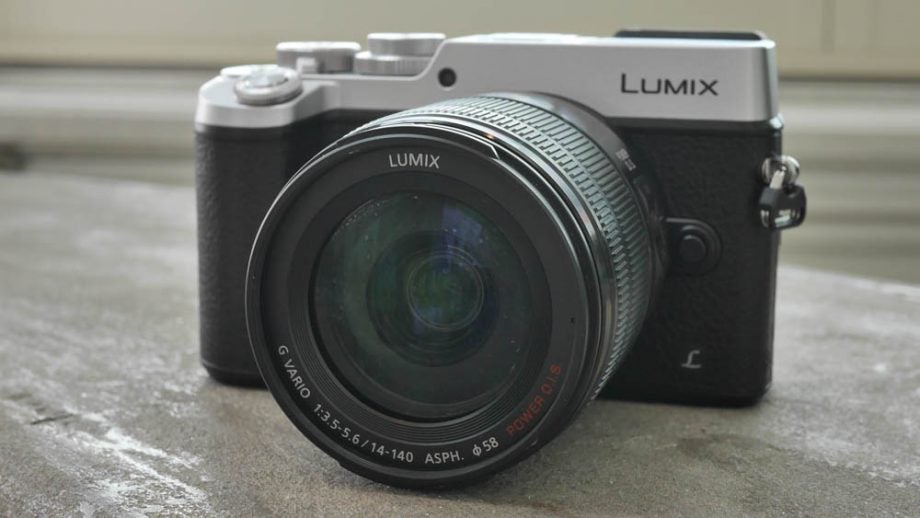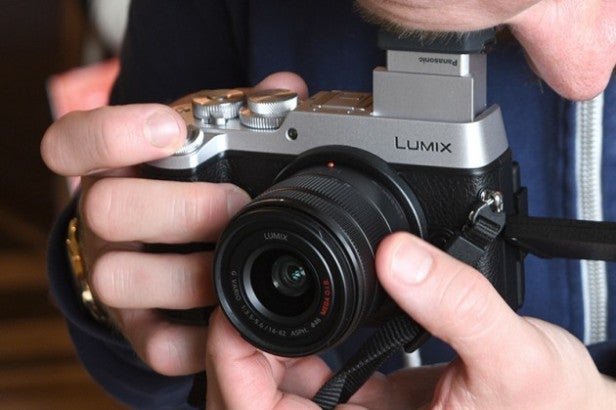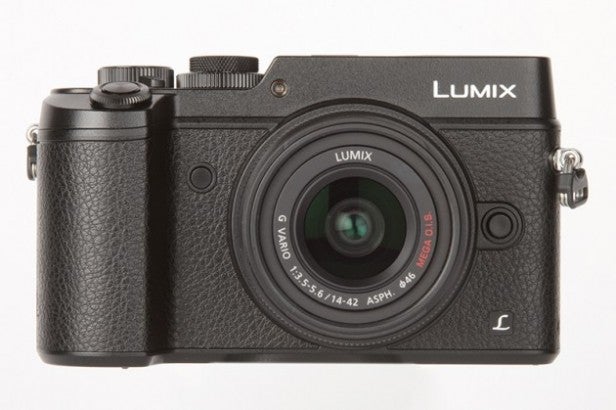Panasonic Lumix GX8 Review - Image Quality, Video and Verdict Review
Image Quality, Video and Verdict
Panasonic ups its game with a serious update to its flagship stills camera

Sections
- Page 1 Panasonic Lumix GX8 Review
- Page 2 Performance, AF and Features Review
- Page 3 Image Quality, Video and Verdict Review
Panasonic Lumix GX8 – Image Quality
The Panasonic Lumix GX8 has a 20.3-megapixel sensor, which – like every other Panasonic compact system camera – is Micro Four Thirds in size. This offers up a more sizeable photosensitive area than advanced compacts such as the Sony RX100 IV, but not quite as large a sensor as the APS-C competition, such as the FujiFilm X-T1. These days, it’s possible to pick up a full-frame camera for this price or cheaper – the original Sony A7, for example.
At low ISO, however, the Panasonic Lumix GX8 provides as much detail as you could hope for from a 20.3-megapixel sensor. In our tests it produced 3,600l/ph, which is simply an excellent result for a compact system camera, matching and beating many entry-level DSLRs.
Low ISO detail isn’t usually an issue for a smaller sensor, though; it’s performance at higher ISO that might make you want a larger-sensor camera.

The Panasonic Lumix GX8’s native ISO range is 200-25600, which can be extended down to ISO 100. At base ISO, dynamic range almost matches some DSLRs. However, with an 11.4EV maximum some APS-C rivals offer slightly better dynamic range performance.
Both detail and low ISO dynamic range have been improved over the Panasonic Lumix GX7. The Panasonic Lumix GX8 produces the best RAW image quality we’ve seen from a Micro Four Thirds camera.
However, the MFT size means that the Panasonic Lumix GX8 has limits. Noise becomes obvious from ISO 800 upwards, with ISO 3200 shots having had most of their fine detail washed away by noise reduction. Shots at this sensitivity are still usable, but this is probably as high as you’d want to go up the ISO scale. The top 25600 setting is very scrappy, for example.
In general, though, the Panasonic Lumix GX8 produces pleasant-looking shots. However, shots from the Olympus OM-D E-M5 II look more attractive. Using the default colour mode, the GX8 feels tied to offering “natural” colour, with white balance more on the cool side. Here are some samples we took using the camera:



Panasonic Lumix GX8 – Video
For pure stills performance, the Panasonic Lumix GX8 has plenty of rivals. However, not all of them have caught up on the video side – particularly the FujiFilm X-T1.
Like the Panasonic Lumix DMC-GH4, the GX8 can shoot video at up to 4K resolution at 24 or 25 frames per second. That’s at a 100Mbps bit-rate, which is a very respectable level of quality.
As with stills, focus peaking is available to aid manual focusing, alongside some cinema-style colour modes. Luminance control lets you choose the level of output footage. Unfortunately, it doesn’t offer everything seen in the videographer’s favourite, the Panasonic GH4.
The microphone input is a 2.5mm jack rather than the standard 3.5mm kind, meaning you’ll need an adapter, and there’s no headphones jack to let you monitor audio while shooting.

Should I buy the Panasonic Lumix GX8?
The Panasonic Lumix GX8 is a little awkward. It’s a Micro Four Thirds camera that doesn’t offer the small-size benefits that are often associated with this style of sensor.
However, as a whole package it’s excellent. Superb image quality is partnered with great manual control plus Panasonic’s famed 4K video capabilities. The company has been careful to ensure that enough room remains for its existing models to live on, but the EVF style, body and high-resolution sensor make this model very worthwhile.
Those who are more concerned with stills than video should definitely consider the FujiFilm X-T1, and an APS-C camera gets you more flexibility when shooting at higher ISOs. But the GX8’s in-body OIS helps to bridge the gap a little there too.
Verdict
A big, feature-packed compact system camera that offers the type of control akin to more professional models.
Trusted Score
Score in detail
-
Value 8
-
Design 8
-
Features 9
-
Image Quality 8
-
Build Quality 8
-
Performance 9


